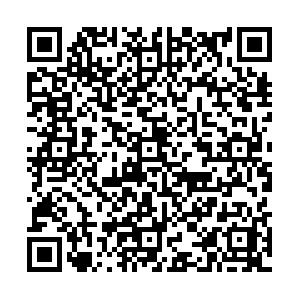-
Abstract
Extreme ultraviolet (EUV) lithography with high numerical aperture (NA) is a future technology to manufacture the integrated circuit in sub-nanometer dimension. Meanwhile, source mask co-optimization (SMO) is an extensively used approach for advanced lithography process beyond 28 nm technology node. This work proposes a novel SMO method to improve the image fidelity of high-NA EUV lithography system. A fast high-NA EUV lithography imaging model is established first, which includes the effects of mask three-dimensional structure and anamorphic magnification. Then, this paper develops an efficient SMO method that combines the gradient-based mask optimization algorithm and the compressive-sensing-based source optimization algorithm. A mask rule check (MRC) process is further proposed to simplify the optimized mask pattern. Results illustrate that the proposed SMO method can significantly reduce the lithography patterning error, and maintain high computational efficiency. -



 E-mail Alert
E-mail Alert RSS
RSS


